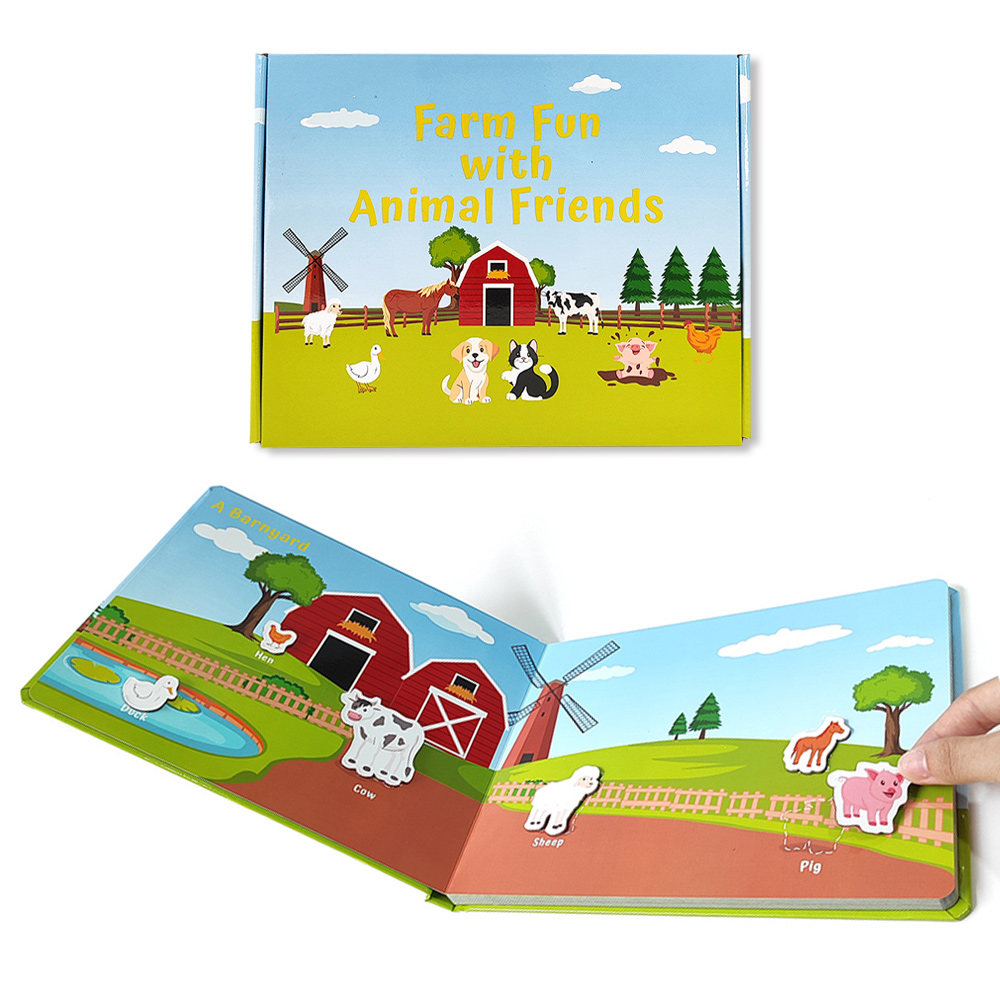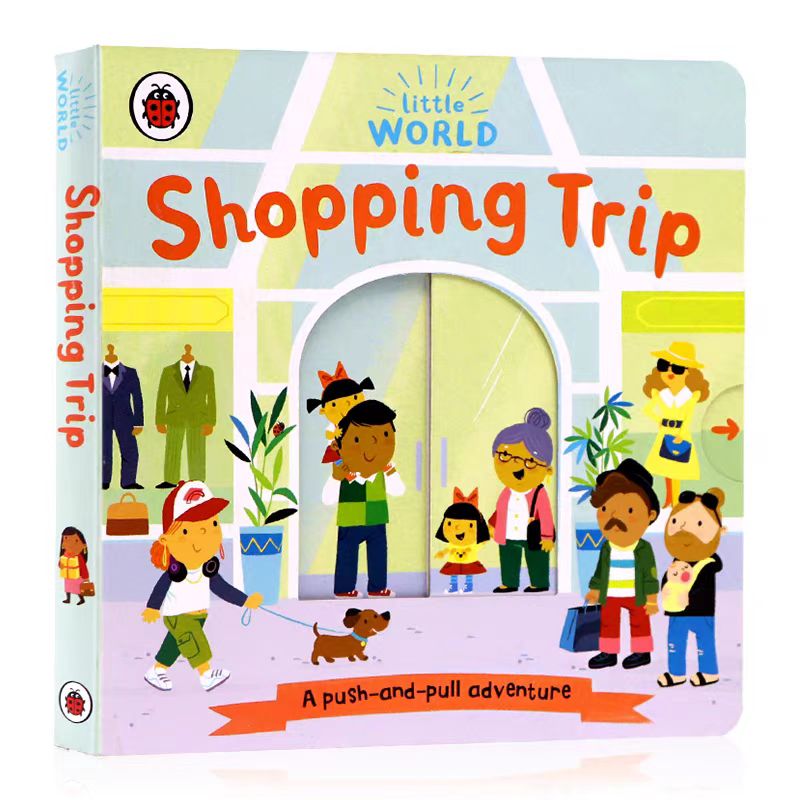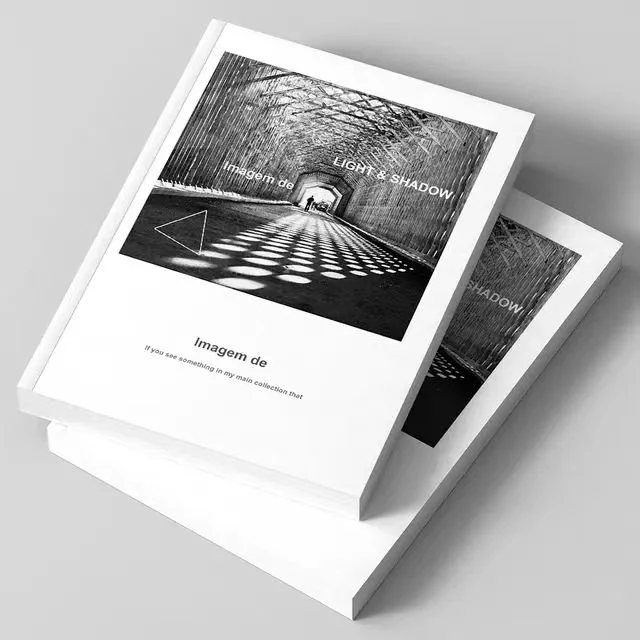Why do people prefer paperback books?
Paperback books are a cornerstone of the reading world, beloved for their lightweight feel, affordability, and flexible design. Whether you’re a casual reader or a book collector, paperback books offer an accessible and portable way to enjoy stories, knowledge, and insights. Unlike hardcovers, which are often heavier and more expensive, paperbacks are the go-to choice for those who want to carry a book wherever they go. In this guide, we’ll explore the evolution, features, benefits, and production process of paperback books, inspiring you to appreciate their unique value and perhaps create your own paperback edition.
Оглавление
What is a Paperback Book?
A paperback book, often called a softcover, is defined by its soft, flexible paper cover, contrasting sharply with the rigid covers of hardback books. This flexibility is key to its versatility as a format, making it ideal for readers who seek a lighter, more portable option. Paperbacks have played a crucial role in making literature more accessible, allowing for the widespread distribution of novels, educational materials, and memoirs at a fraction of the cost of hardbacks. They symbolize literary inclusivity, helping countless people across the globe build personal libraries and enjoy stories on the go.
The Rich History of Paperback Books
Origins and Cultural Impact
The origins of paperback books trace back to the mid-19th century when they became a more affordable alternative to hardcovers. Previously, hardcover books dominated the market, often priced beyond the reach of the average reader due to their costly production. The advent of paperbacks marked a revolutionary change in publishing, making books available to a wider audience. This shift allowed various genres and voices to flourish, democratizing literature by bringing stories to people who otherwise couldn’t afford them. Paperback books thus transformed not only publishing but also global reading culture, creating a tradition of accessibility and diversity.
The Rise in Popularity of Paperbacks
As paperbacks gained popularity, they became the preferred format for widely-read genres like novels and memoirs. Their affordability and portability appealed to those wanting to create personal libraries without the higher cost of hardbacks. This affordability fueled a reading culture across demographics, bringing books into households that might not have considered purchasing them previously. The compact, lightweight format of paperbacks made them ideal for readers on the go, reshaping how people consumed literature by enabling reading anywhere and anytime.
Key Features of Paperback Books
Physical Properties of Paperback Books
Paperback books are characterized by their soft, flexible covers, typically made of paper or thin cardboard with a gloss or matte finish for added protection and appeal. Inside, the pages are bound using glue in a method known as perfect binding, which secures the pages in place. Paperbacks come in a variety of standard and custom sizes, offering flexibility for different types of publications, from novels to art books.
Comparing Paperback to Hardcover
The primary difference between paperbacks and hardcovers lies in durability. Hardcovers have sturdy, reinforced covers made from thick cardboard, while paperbacks use lighter materials, making them more prone to wear and tear. However, paperbacks excel in affordability and portability, making them a convenient choice for readers who prioritize ease of handling. For a deeper understanding of hardcover benefits, check out our guide on how to create durable hardcover books.
Advantages of Choosing Paperback Books
Affordability and Cost-Effectiveness
One of the main reasons paperbacks have retained their popularity is affordability. Compared to hardcovers, paperbacks are cheaper to produce due to simpler materials and production processes. This lower cost translates to more affordable prices for readers and is particularly beneficial for authors aiming to reach a broader audience without overspending on production. Paperbacks allow authors to produce and distribute more copies, making them an essential format in the publishing world for promoting accessibility.
Portability and Convenience
Paperback books are lightweight and easy to carry, making them the perfect option for readers on the move. Their flexible design allows them to fit comfortably into bags or backpacks without taking up much space. Whether you’re commuting, traveling, or enjoying a quiet moment at a café, a paperback book can be easily transported, allowing readers to bring their favorite stories and resources wherever they go.
Appeal to Casual Readers and Collectors
Many readers appreciate the tactile experience of holding a paperback, which is often lighter and more flexible than a hardcover. Casual readers favor paperbacks for their easy handling and comfort during long reading sessions. Collectors, on the other hand, find value in special edition trade paperbacks, which often come with unique cover art, exclusive introductions, or additional content. These special editions provide collectors with an affordable way to own rare or limited-edition books while adding artistic or sentimental value to their collections.
Types of Paperback Books
Trade Paperback
Trade paperbacks are larger than typical paperbacks and are often the same size as hardcovers, offering durability and aesthetic appeal with a flexible cover. Ideal for novels, memoirs, and reprints of popular titles, trade paperbacks balance affordability with quality, making them a favorite among avid readers who want a more premium feel without the price of a hardcover.
Mass-Market Paperback
Mass-market paperbacks are smaller and more affordable, designed for widespread distribution at a lower price point. They are common in popular fiction genres like thrillers, mysteries, and romance, making them easily accessible to a large audience. Mass-market paperbacks are portable, budget-friendly, and remain a staple format in the publishing industry, known for bringing engaging stories to a wide range of readers.
Digest-Sized Paperback
Digest-sized paperbacks fall between mass-market and trade paperbacks in terms of size. This format is popular for visual genres like comics and graphic novels, as it provides ample space for artwork while remaining compact enough for portability. Digest-sized paperbacks offer a blend of readability and visual appeal, making them ideal for readers who appreciate detailed illustrations in a format that’s easy to carry.
The Production Process of Paperback Books
Методы печати
Paperback books are typically printed using one of two main methods: offset and digital printing.
Офсетная печать: This traditional technique is efficient for large print runs, as it maintains high quality and consistency. Offset printing transfers ink onto paper through plates, producing clear text and vibrant images. It is cost-effective for publishers expecting high demand.
Цифровая печать: Suitable for smaller print runs, digital printing doesn’t require plates, making it more flexible and economical for custom or short-run projects. Digital printing also supports personalization and is ideal for limited releases or special editions.
Выбор материала
Paperback covers are usually made from thicker paper or cardstock and coated with a matte or gloss laminate for added protection. This coating preserves the cover’s appearance, extending the book’s longevity. Inside pages are printed on either uncoated or coated paper stock, depending on the book’s content. Text-heavy books often use uncoated paper for readability, while image-heavy books like art or photo collections benefit from coated paper for enhanced visual quality.
Binding Techniques
Paperback books are bound using perfect binding, where pages are glued together along the spine and the cover is wrapped around them. This method creates a professional-looking flat spine, allowing titles and author names to be displayed on bookshelves. Perfect binding is valued for its affordability, durability, and ability to accommodate varying book thicknesses.
Why Choose Books Printing Factory for Paperback Printing?
Quality You Can Trust
At Books Printing Factory, we prioritize quality with advanced printing technology to ensure every book looks professional and polished. Our commitment to clear text and vibrant images ensures your paperback will stand out on any shelf, giving readers a top-tier experience from cover to cover.
Flexible Customization Options
Books Printing Factory platform offers various customization options, including cover finishes, paper types, and sizes. Our Instant Quote Calculator provides clear pricing and delivery estimates, making it easy to find the perfect balance of quality and budget. You can experiment with different configurations until you’re satisfied with the specifications before placing your order.
Supportive Customer Service
Our customer support team is ready to assist you through each step, from file setup to material selection. Whether you’re a first-time self-publisher or an experienced author, our knowledgeable team can help you navigate the production process smoothly, ensuring that your paperback book meets all your expectations.
Conclusion: Why Paperback Books Continue to Thrive
Paperback books have cemented their place in the literary world, thanks to their affordability, portability, and accessibility. They are an ideal format for reaching a broad audience, making literature accessible to readers from all walks of life. Whether you’re an author looking to connect with new readers or a publisher aiming to distribute books widely, paperback books offer a perfect balance of quality and cost-effectiveness. With their rich history and continued popularity, paperbacks remain a beloved choice, bringing stories, knowledge, and inspiration into the hands of readers everywhere.
Часто задаваемые вопросы
1. What is “bleed” in book cover design, and why is it necessary?
Bleed refers to the extra margin around your design that ensures no unprinted edges appear after the cover is trimmed. Adding bleed helps ensure a professional, polished look without white borders.
2. How do I prepare my cover files for printing?
Ensure your files are in high resolution (300 dpi), formatted in CMYK color mode, and include bleed. Most printers provide file upload instructions, making it easy to ensure your cover aligns perfectly.
3. What is lamination, and how does it benefit my cover?
Lamination involves applying a protective coating over the cover to enhance durability and appearance. Gloss lamination adds shine and vibrancy, while matte provides a soft, professional look. Both options protect against wear and fading.
Печать книг
Новые продукты
Последний блог
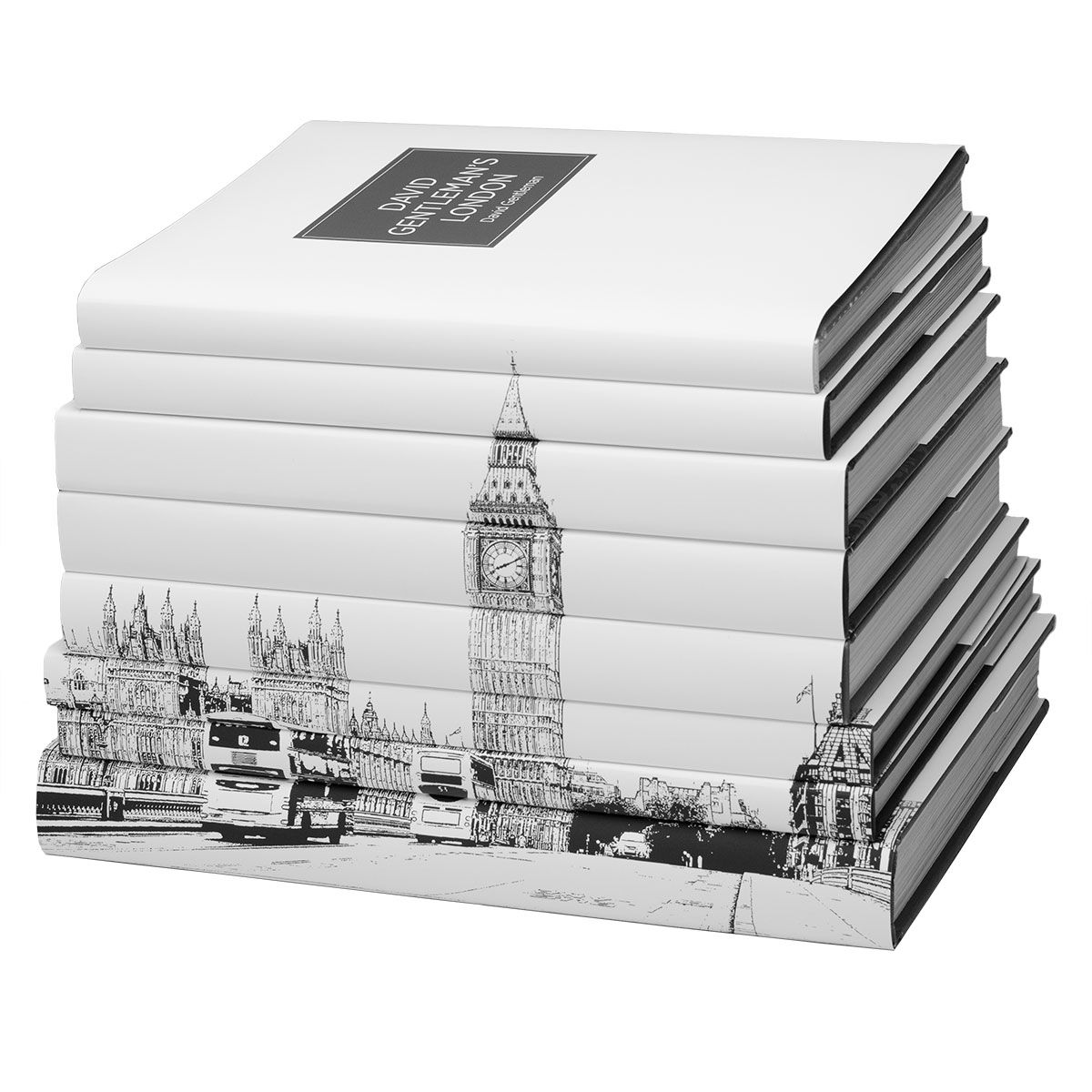
Выбор подходящей фабрики по печати книг в Китае
Вы начинающий автор или самоиздатель, стремящийся воплотить свое литературное произведение в жизнь? Выбор правильной типографии — важный шаг, который может существенно повлиять на качество и успех вашего издания.

В какой стране дешевле всего печатать книги
Если вы решили заняться самостоятельной публикацией книг, одной из ваших главных забот станет поиск экономичных вариантов печати книг.

Сколько стоит напечатать книгу в твердом переплете?
При расчете стоимости печати книги в твердом переплете многие авторы и издатели сталкиваются с проблемой баланса между качеством и доступностью.
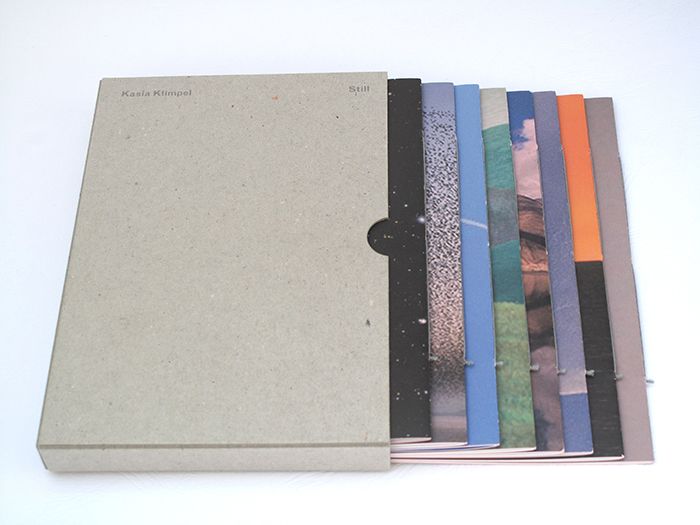
Поднимите свой маркетинг на новый уровень с помощью индивидуальной печати буклетов
Если вы решили заняться самостоятельной публикацией книг, одной из ваших главных забот станет поиск экономичных вариантов печати книг.
Связаться с нами
- +86 13946584521
- info@booksprinting.net
- 8:00 - 22:00 (пн - вс)
Комментарии
Сопутствующий блог
Узнайте о новейших тенденциях и общих знаниях в сфере книгопечатания.
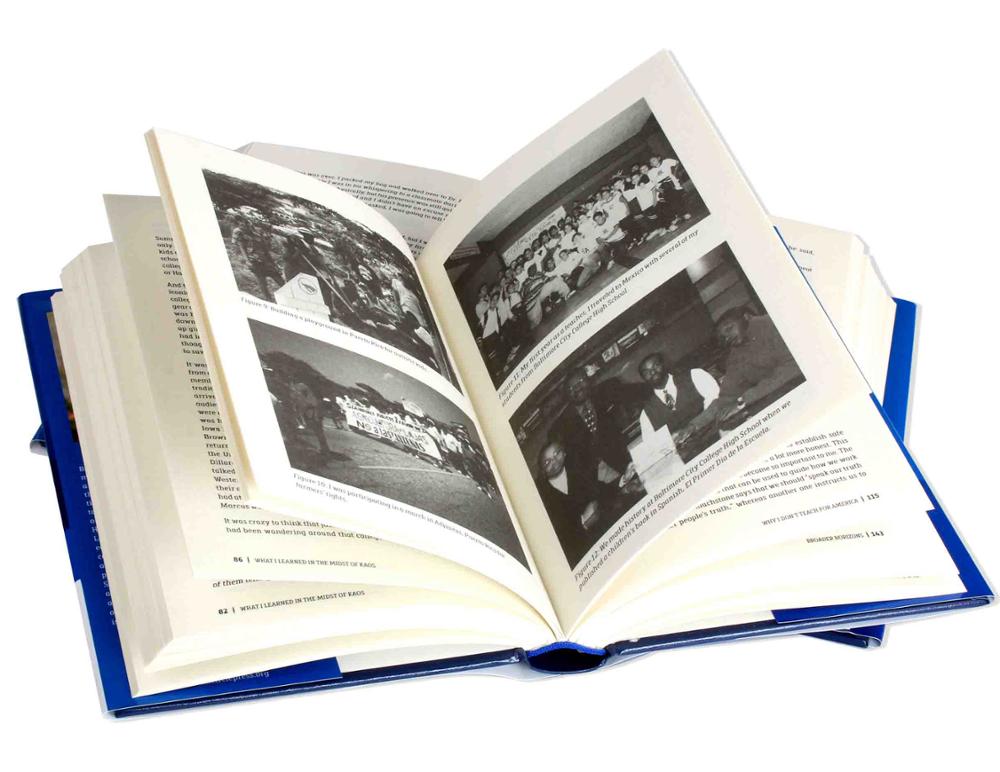
Чем хороши печатные книги?
При создании детской книги важен каждый элемент, особенно выбор бумаги. Выбор правильного типа бумаги может улучшить внешний вид книги,
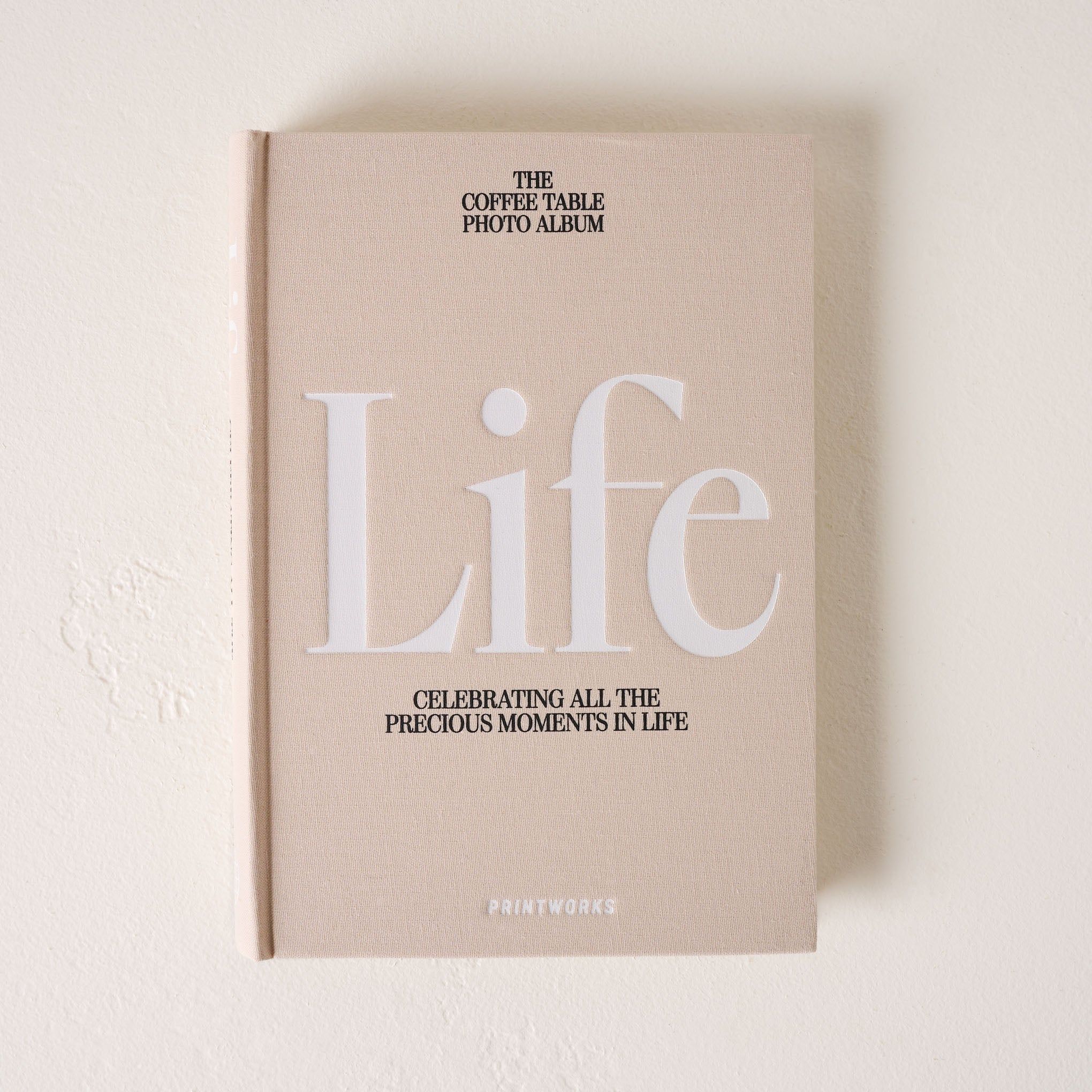
Почему людям нравятся книги в твердом переплете?
Если вы решили заняться самостоятельной публикацией книг, одной из ваших главных забот станет поиск экономичных вариантов печати книг.
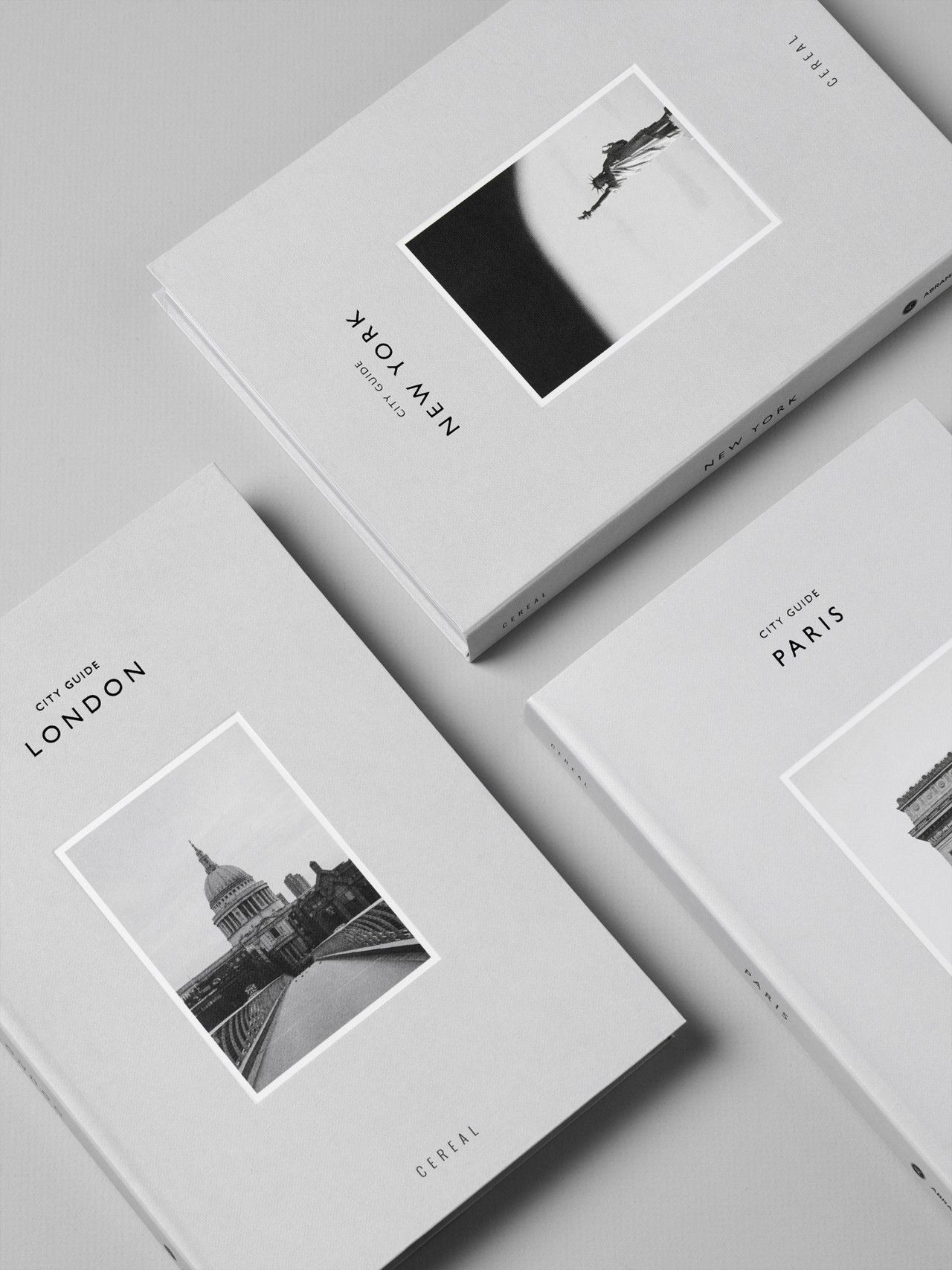
Как книгопечатание снизило стоимость книг?
Независимо от того, являетесь ли вы начинающим автором, планирующим напечатать свой первый роман, компанией, готовящей каталог продукции, или тем, кому нужна профессиональная печать книг,
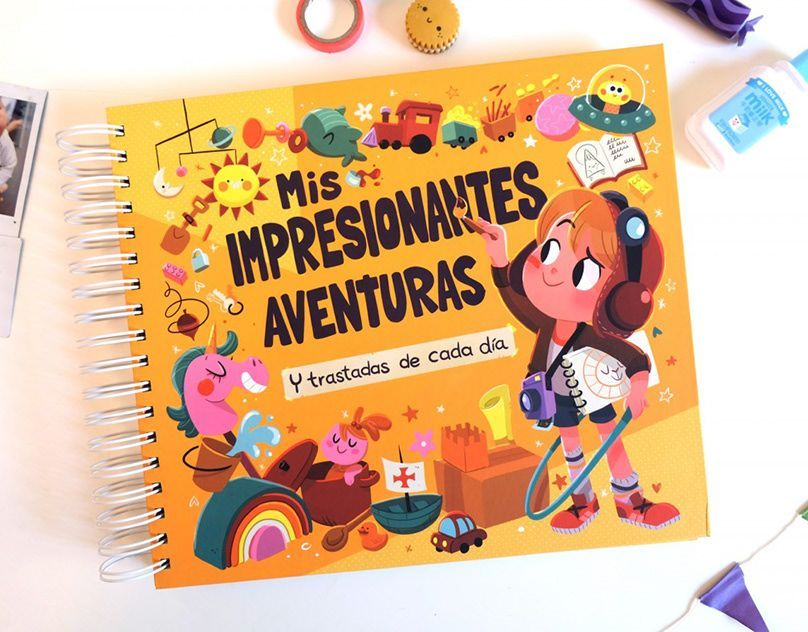
Сколько стоит распечатать раскраску?
Вы художник или автор, стремящийся превратить свою творческую идею раскраски в осязаемый продукт?


